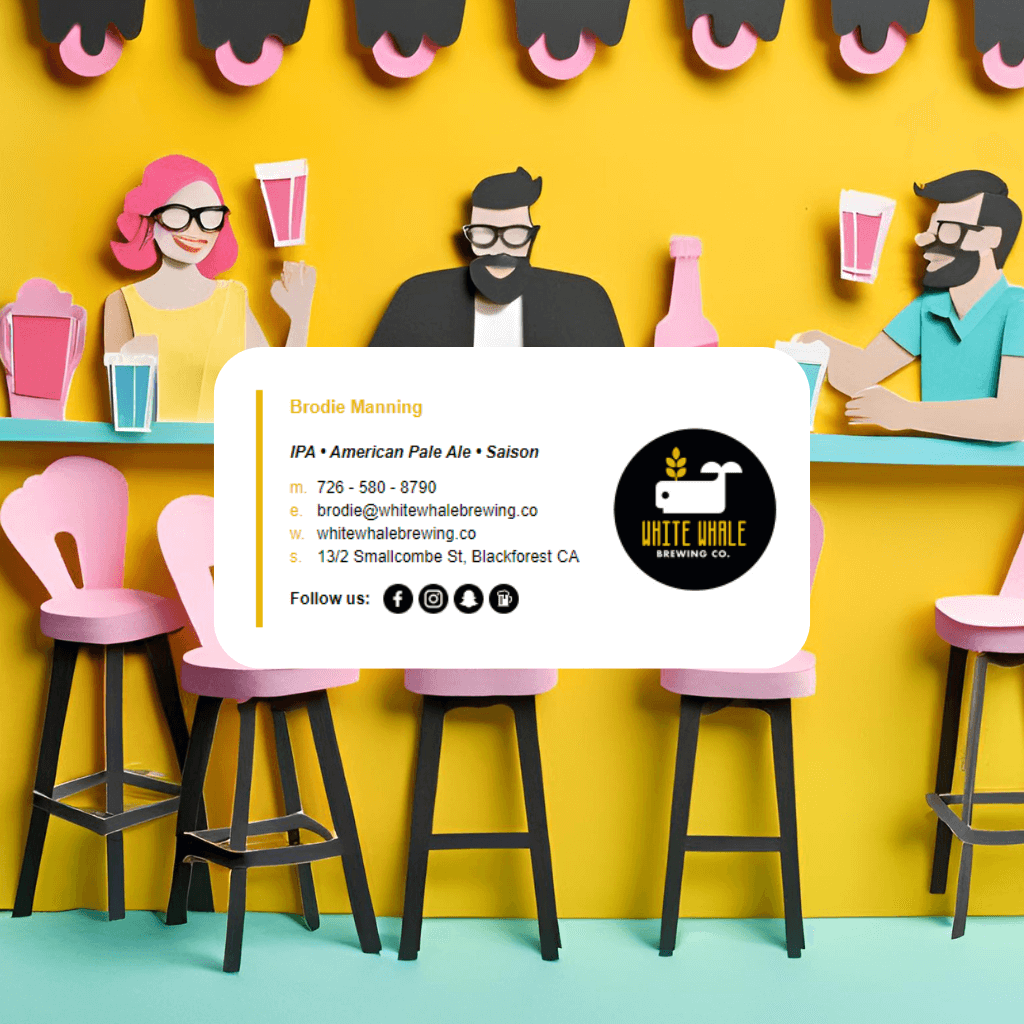Key Takeaways:
- "Responsive" email signatures rarely work as intended across all email clients.
- Email client rendering engines vary wildly, especially in Outlook, which ignores modern CSS techniques.
- The goal shouldn’t be a responsive signature but a reliable, great-looking signature across platforms.
- Use inline-styled, table-based HTML for maximum compatibility.
- Tools like Email Signature Rescue (for SMBs and individuals) and SigStudio (for enterprise teams) provide tested templates that eliminate the need to hand-code.
- Trying to code a complex responsive signature from scratch is often unnecessary and time-wasting.
Introduction: The Responsive Email Signature Myth
If you've ever wondered whether you can build a fully responsive email signature with media queries, flexbox, or fluid layouts, you're not alone. On paper, it sounds ideal: a sleek signature that adjusts perfectly for mobile, tablet, and desktop. But here’s the truth, email clients don’t follow the same CSS rules as browsers, and responsive designs are not widely supported in email environments.
When we talk about responsiveness on the web, we're referencing layouts that adapt beautifully with CSS media queries and relative units. But most desktop email clients, especially Outlook (which uses the Word rendering engine), don’t support these CSS features. So even if your signature looks fantastic in a preview tool or on your phone, it could break in another recipient’s inbox.
That’s why professional email signature services like Email Signature Rescue and SigStudio rely on inline-styled, table-based HTML instead of CSS-based responsive layouts. These methods ensure consistent appearance across platforms.


















